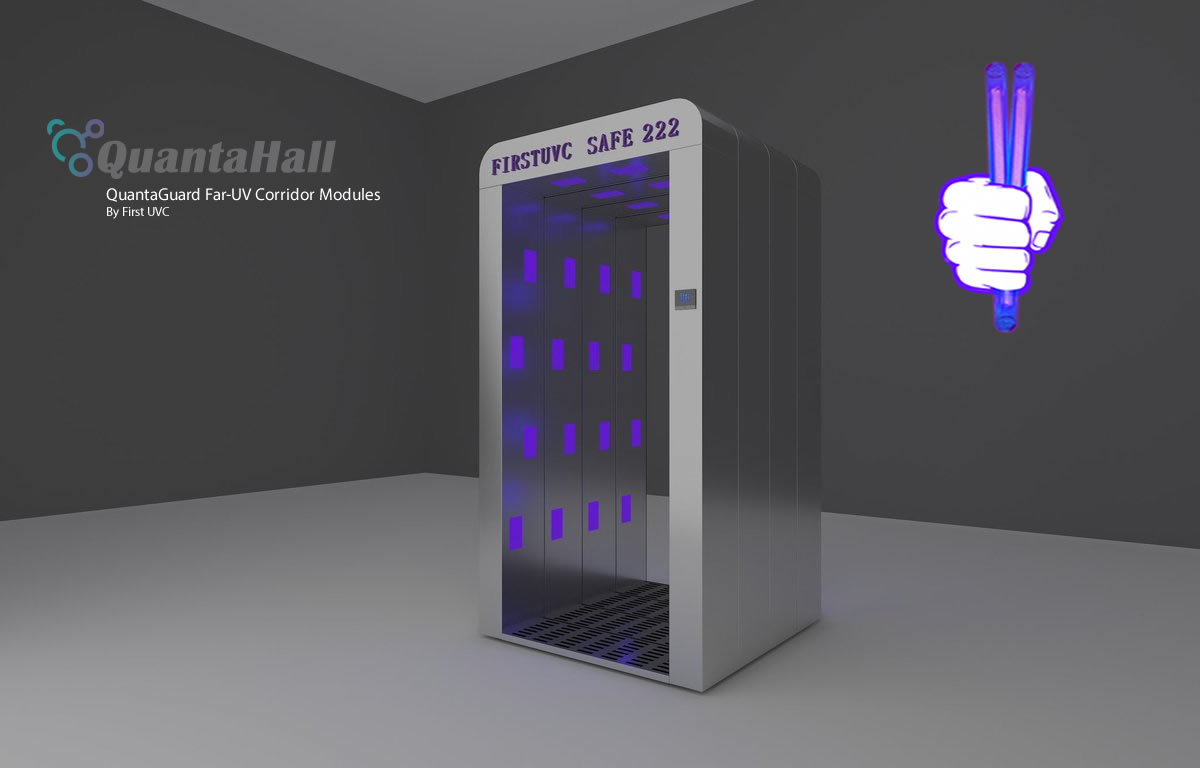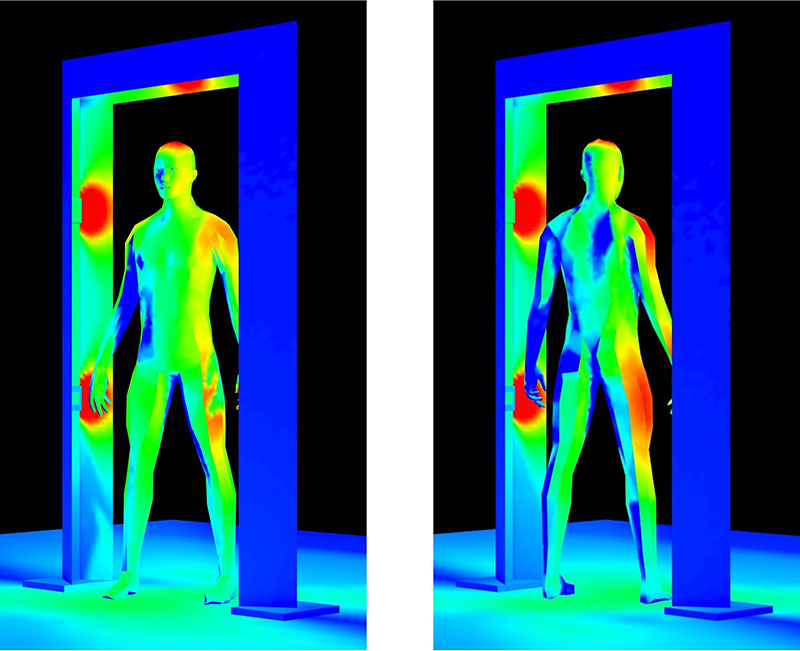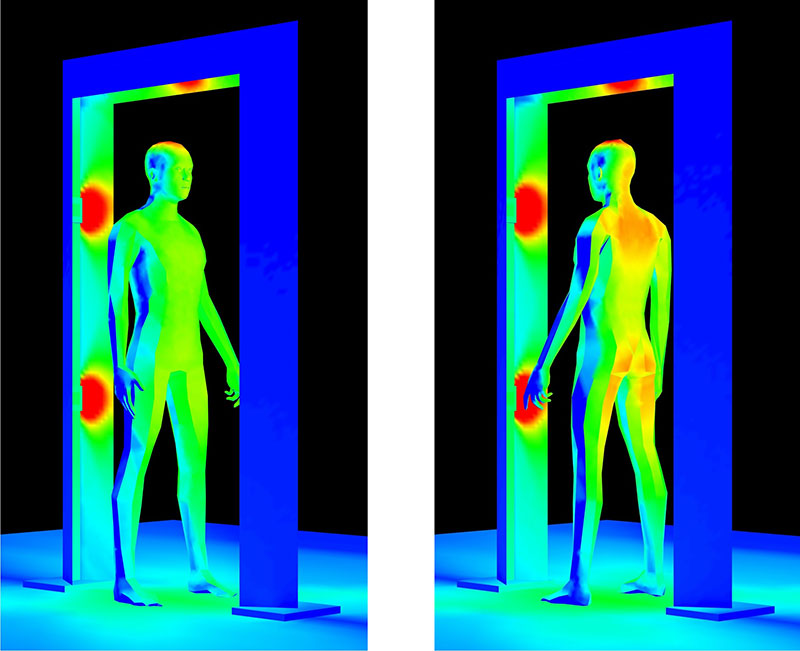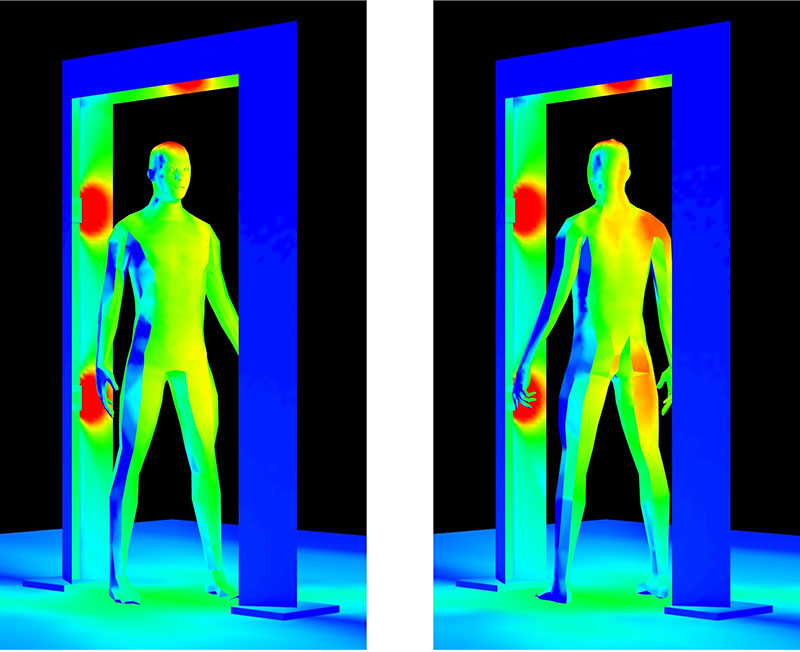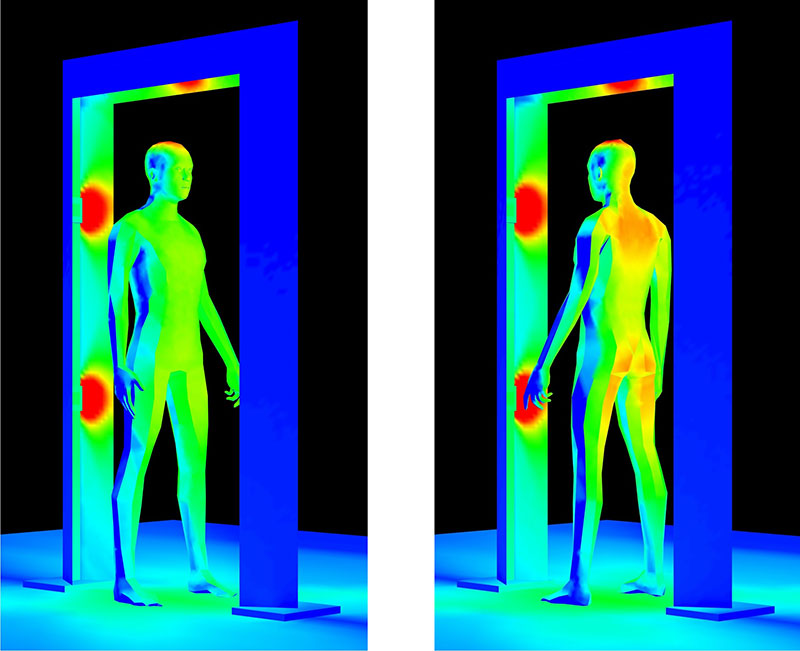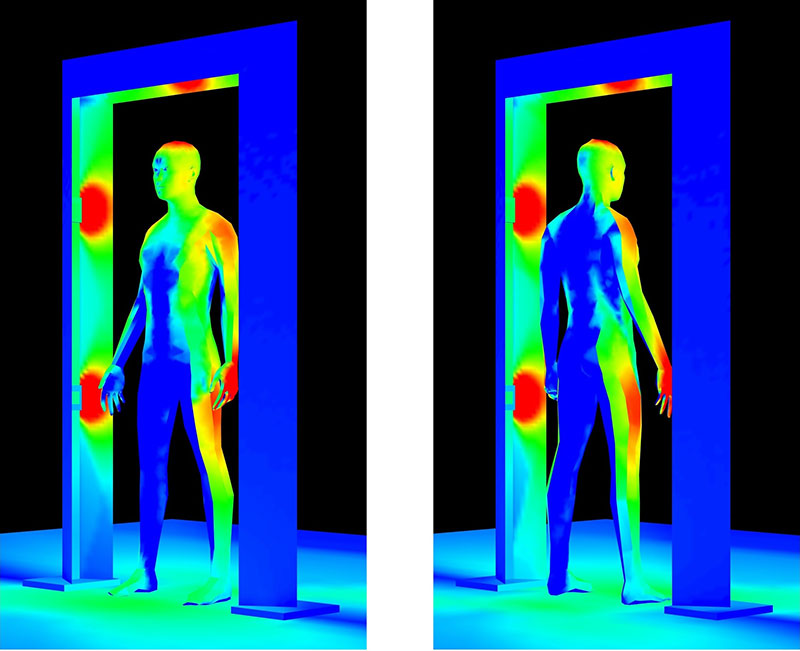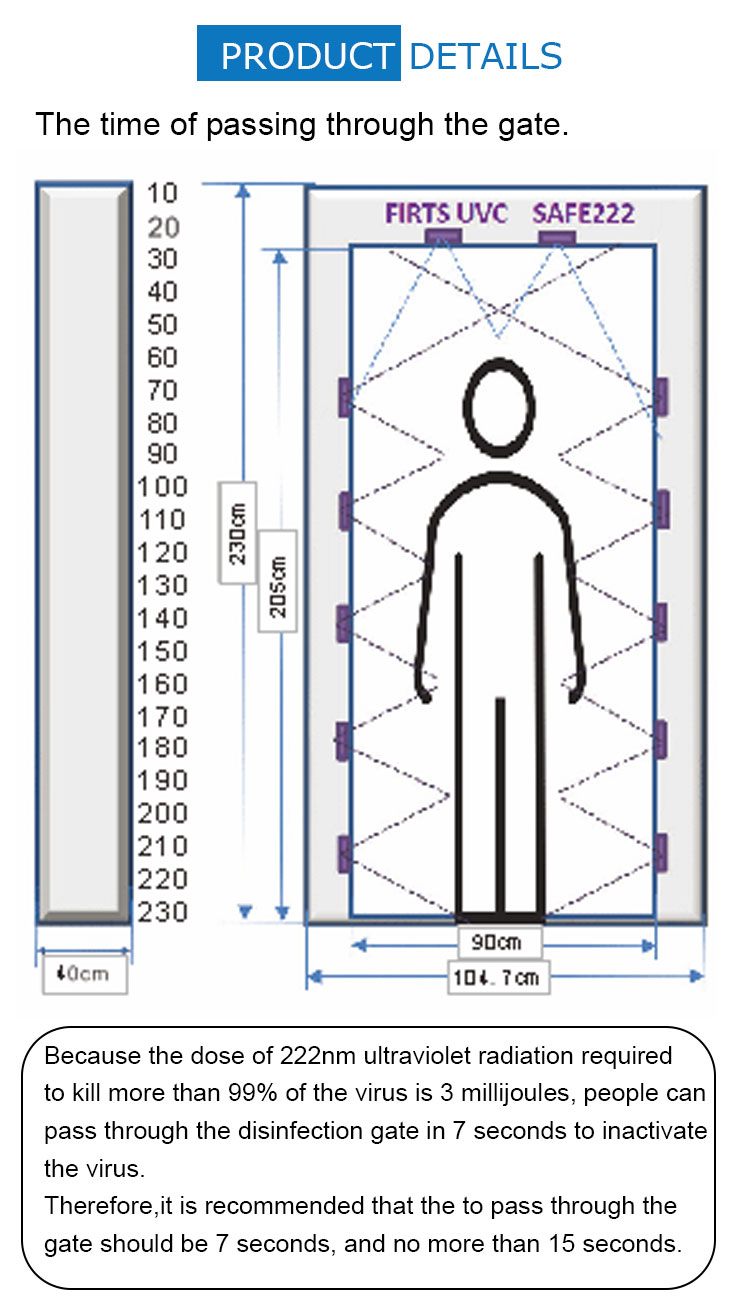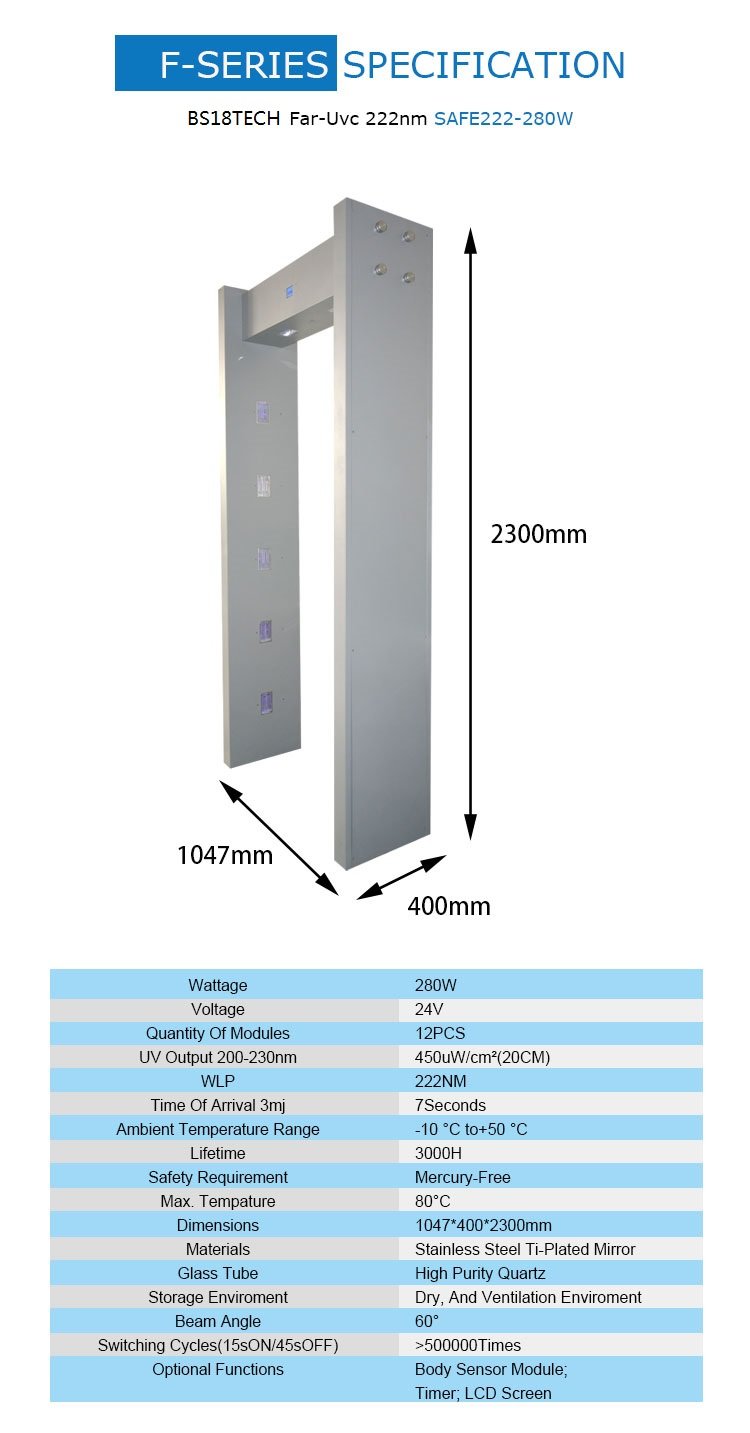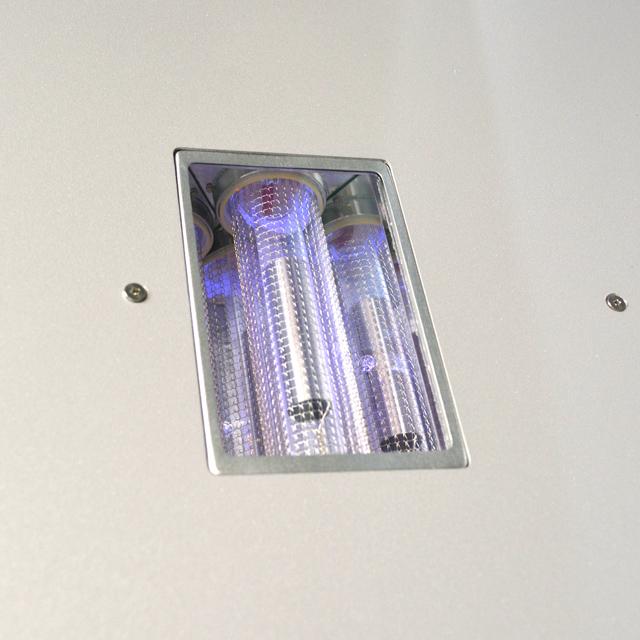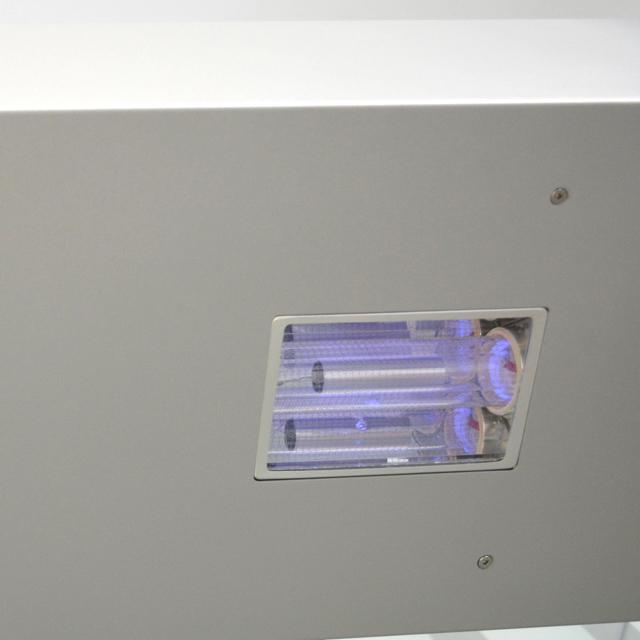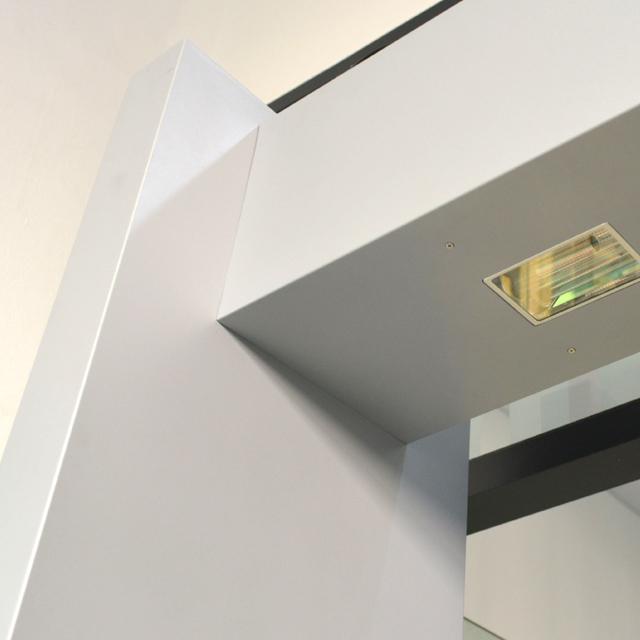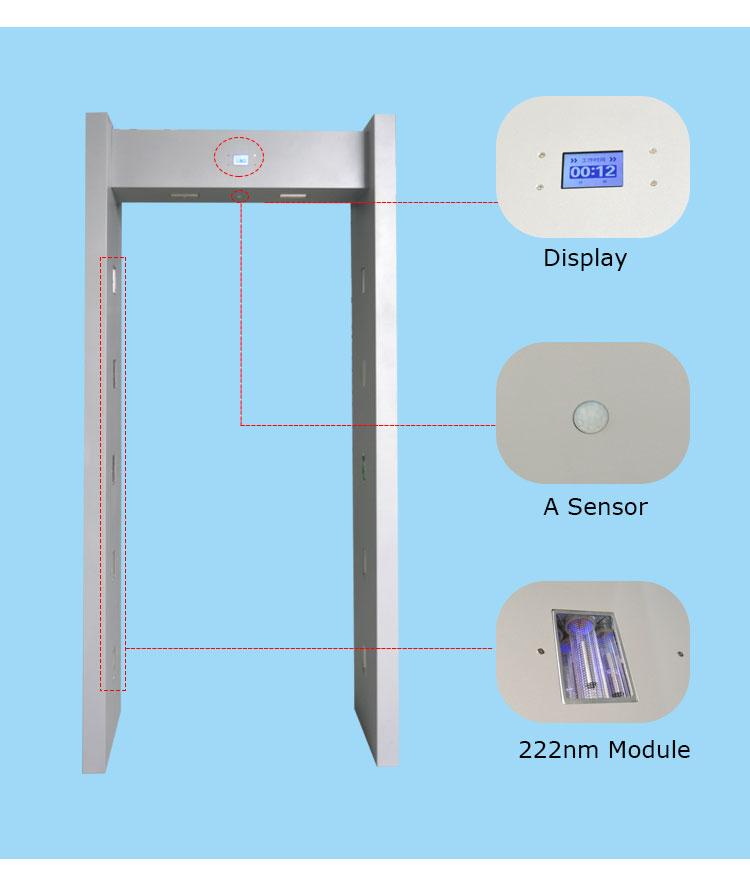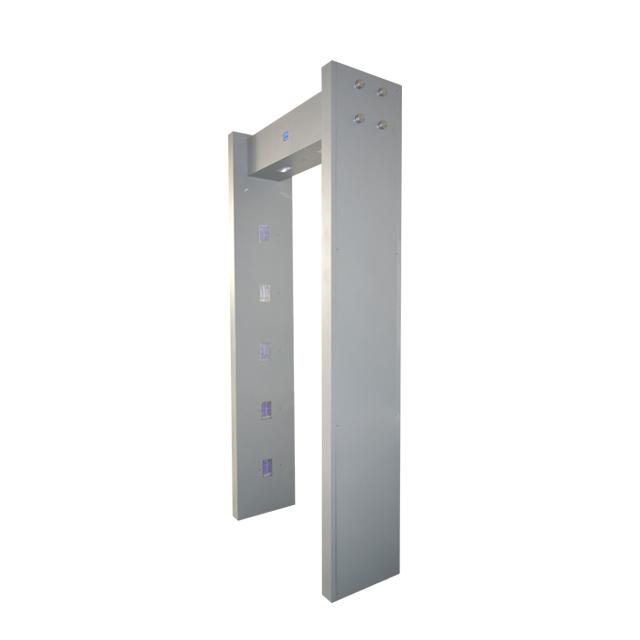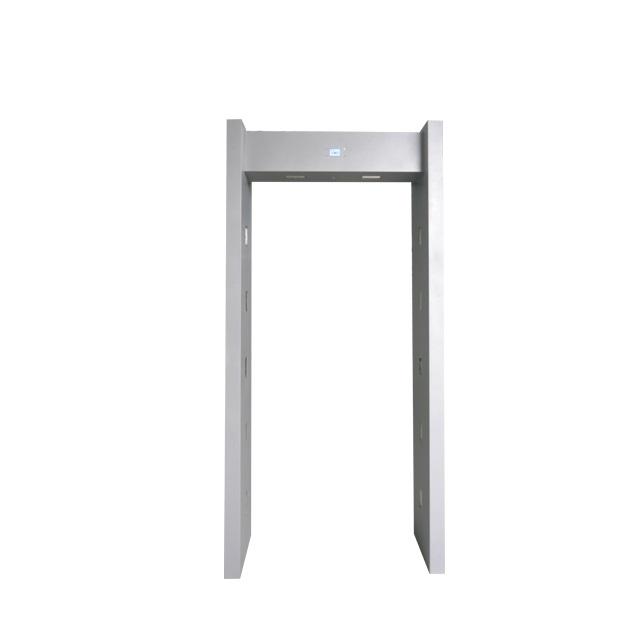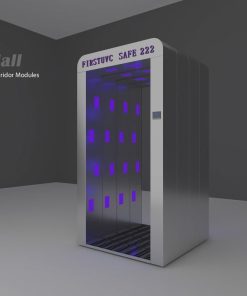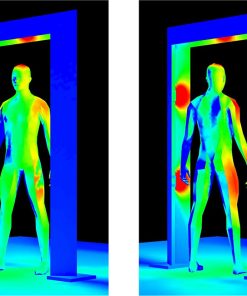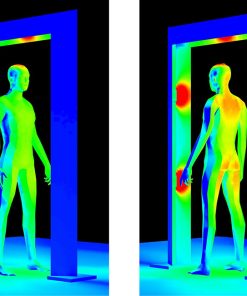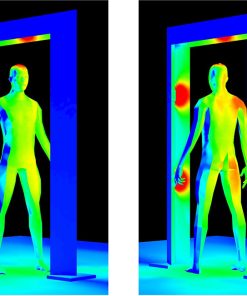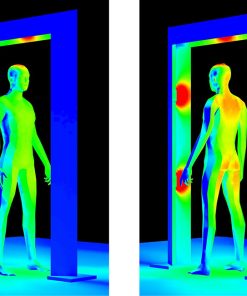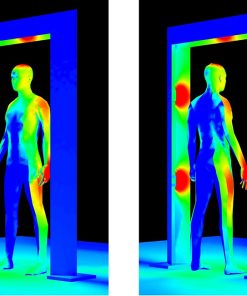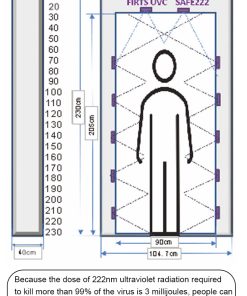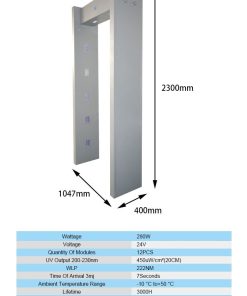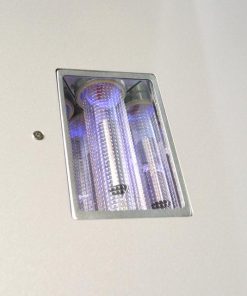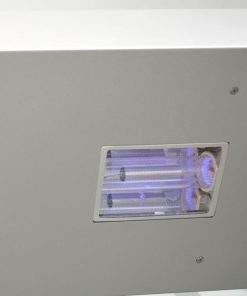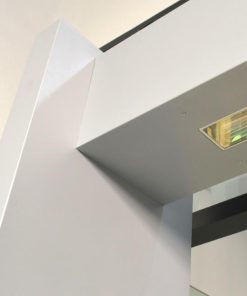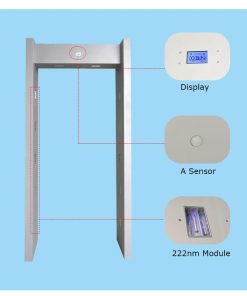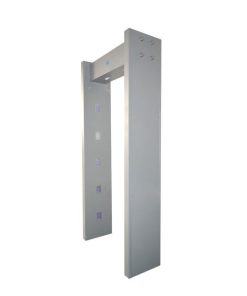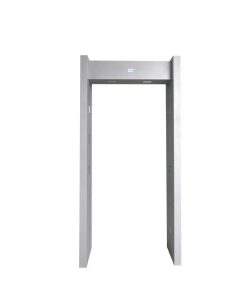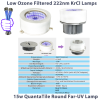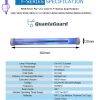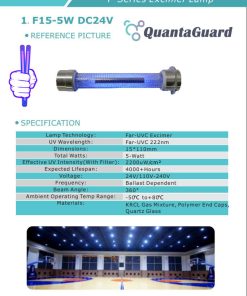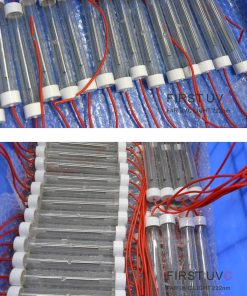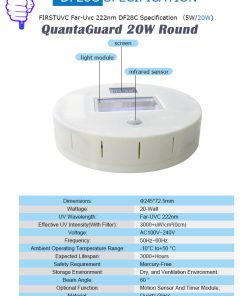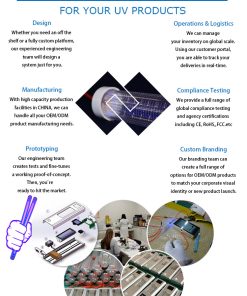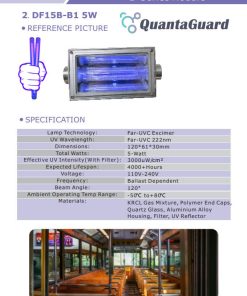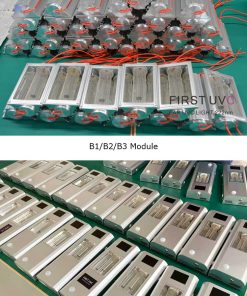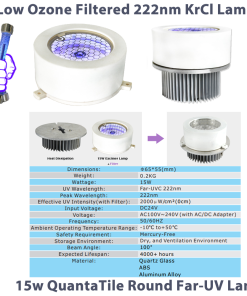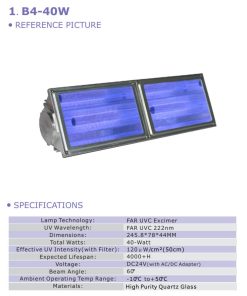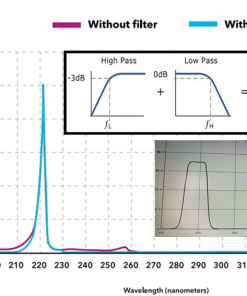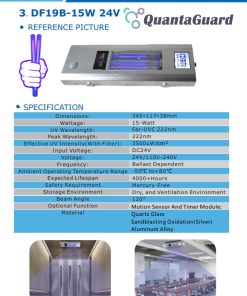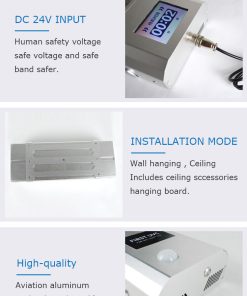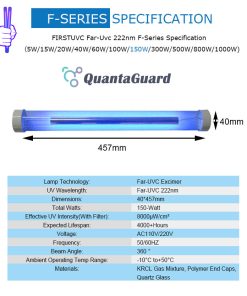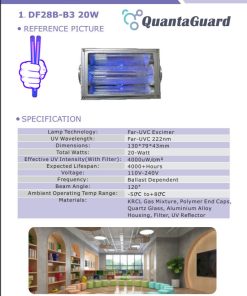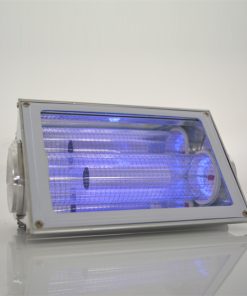QuantaHall Far-UVC Entry Containment Corridor: Far UVC Light 222nm Disinfection Gateway Decontamination Passageway
$13,333.00 Original price was: $13,333.00.$11,111.00Current price is: $11,111.00.
QuantaHall Far-UV Entry Containment Corridor: Far UVC Light Decontamination Passageway
The QuantaHall is an extendable modular Far-UV corridor design decontamination passageway to overcome single light pass Far-UVC gate designs’ shortcomings.
A recent report proves Far-UV Halls must replace the Far-UVC gate concept.
WHY FAR-UV GATES NEED TO BE FAR UV HALLS INSTEAD
The gate design certainly has a few shortcomings, as seen from the images above, although we could have expected them. If the goal is to achieve a 90% reduction in pathogens (99.9% is preferable), we would need a far-UV dose of 20 mJ/cm2. With a minimum irradiance value of 2.55 mW/cm2, we would need, therefore, an exposure time of over two hours!
It gets worse, however. The UV-C doses required to achieve a given reduction in pathogens are determined by irradiating Petri dishes and test tubes’ cultures. Disinfecting surfaces in the real world typically requires larger – sometimes much larger – doses. Increasing the number of excimer lamps would, of course, increase the average irradiance, but this approach has its limits. The American Conference of Governmental Industrial Hygienists recommends a maximum exposure of 3.0 mJ/cm2 of broadband (200 nm – 315 nm) ultraviolet radiation per 8-hour workday. It specifies a spectral weighting function to assess ultraviolet hazards for skin and eyes (ACGIH 2013). For 222-nm radiation, the weight factor is 0.12, meaning that maximum exposure of 25 mJ/cm2 is recommended. Thus, a 20-second exposure of 1,000 mW/cm2 would be required to achieve a virus reduction of 90%; however, this would approach the recommended daily limit, which at this exposure level would be reached after 25 seconds. This would be a concern not only for the person being irradiated (who might have to pass through more than once per day) and for any service personnel standing near the doorway for extended periods.
It must be acknowledged that the ACGIH spectral weighting function is based on medical studies of photokeratitis and erythema performed before 1991, and so do not take recent studies of far-UV exposure into account. Nevertheless, until the spectral weighting function is revised, it remains a standard for UV-C exposure limits.
Any decontamination process must be compliant with current exposure laws regardless of recent studies proving 207-222nm won’t penetrate cells in the eyes or skin. Current laws need to be updated to reflect Far-UVC wavelengths used in the latest AP-UVGI (Active Personnel Ultraviolet Germicidal Irradiation) applications.
Most importantly, containment passageways must be effective in the amount of time an average person will engage in the decontamination process walking through a Far-UV entry containment corridor, aka QuantaHall. The QuantaHall is an extendable corridor design decontamination passageway to provide a technological advantage over far-UV gate designs by combining Far-UVC light with other promising quantum technologies such as hydroxylated humidification.
- Input Voltage(V): DC 24V
- Lamp Luminous Efficiency(lm/w): 8000
- Warranty(Year): 1-Year
- Support Dimmer: NO
- Lighting solutions service: 222nm Far UVC Disinfection
- Lifespan (hours):3000
- Voltage:220V
- Application: Entranceway
- Power Supply: DC
- Portable: NO
- Light Source: Quartz Tube
- wavelength(nm):222
- UV Optiical Power(μW/cm2):4000
- Application Area(㎡): 30
- Switch Mode: Remote Control
- Rated Power: 280 Watts Total Power
- UV Wavelength: FAR-UVC 222nm
- Wattage Each Lamp 20w
- Number of Lamps: 14 Filtered 222nm Far UVC
- voltage: 24v DC
- Quantity of Modules: 12PCS
- Time Of Arrival 3mj: 7 Seconds
- Dimensions: 1047*400*2300mm
- Materials: Stainless Steel Ti-Plated Mirror
- Storage Environment: Dry, And Ventilation Environment
- Beam Angle: 60°
- Safety Requirement: Mercury-Free
Packaging & Delivery
- Selling Units: Single item
- Single package size: 238X65X49 cm
- Single gross weight:70.000 kg
- Package-Type: Wooden box
- Lead Time: 2 weeks
Related products
24V Far-UVC Lights
QuantaLamp 5-Watt Far UVC Excimer Bulb 222nm Far-UVC F-Series 5w Far-UV Light 24V DC
15W 222nm Far-UVC Light

